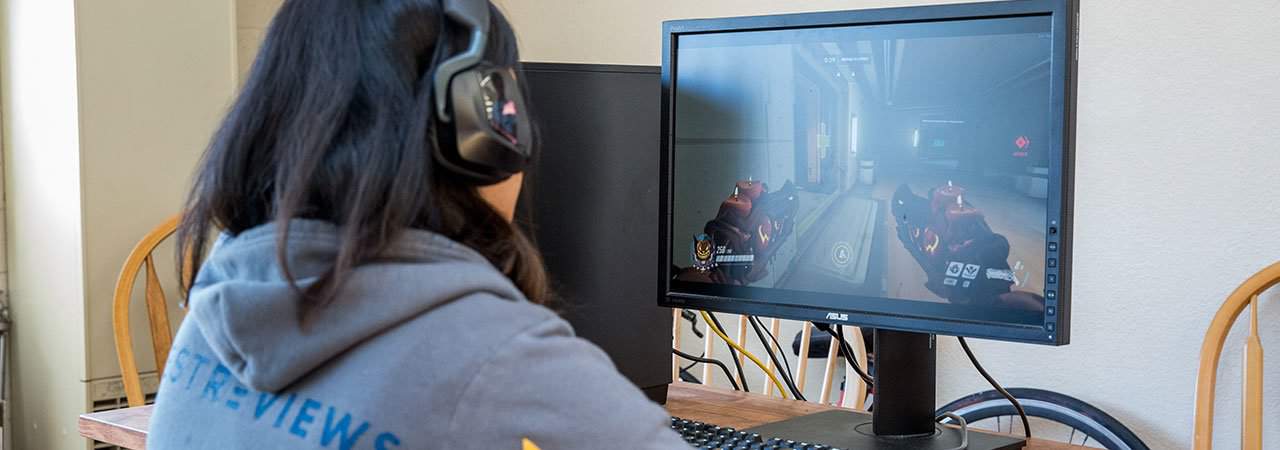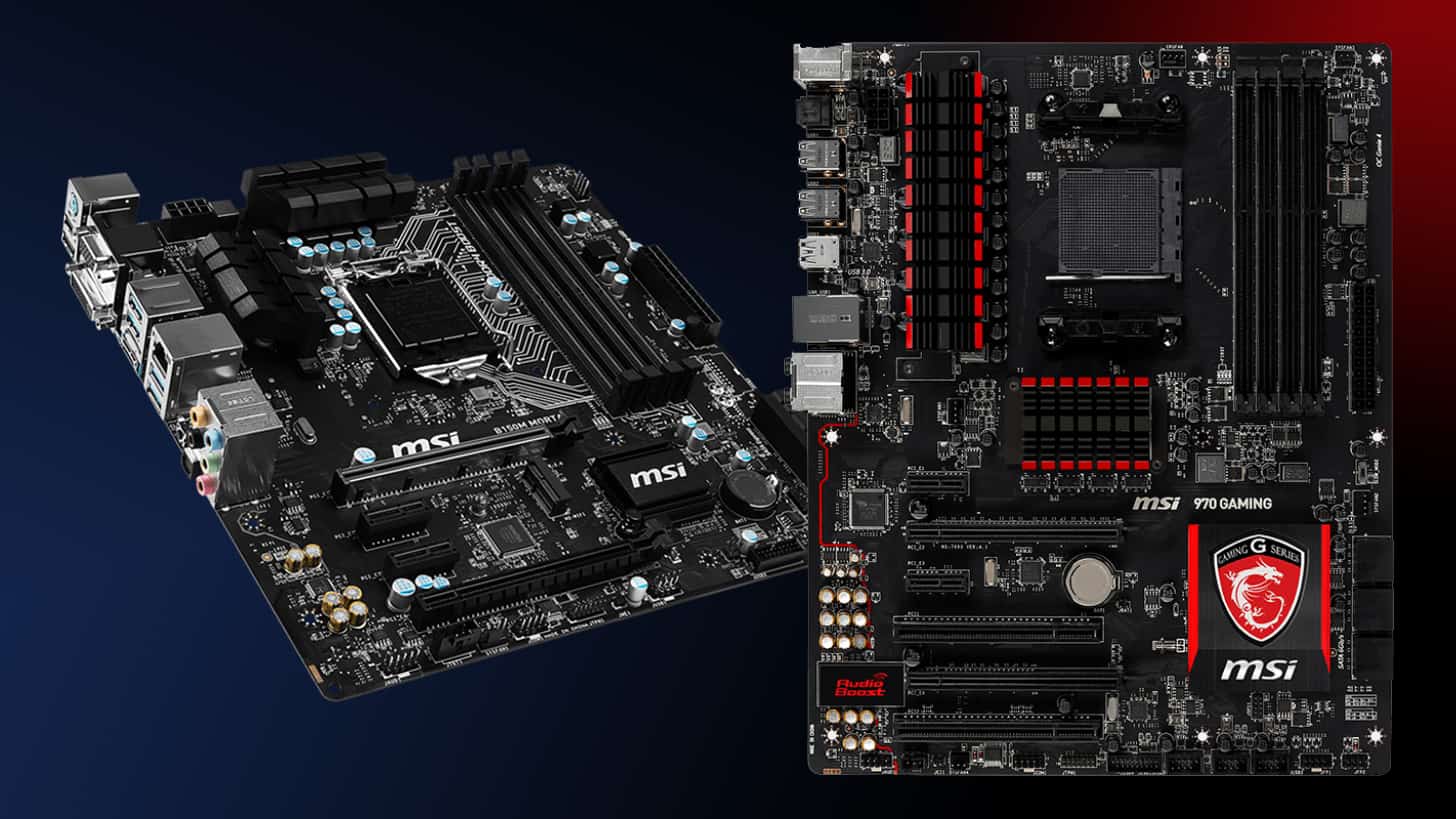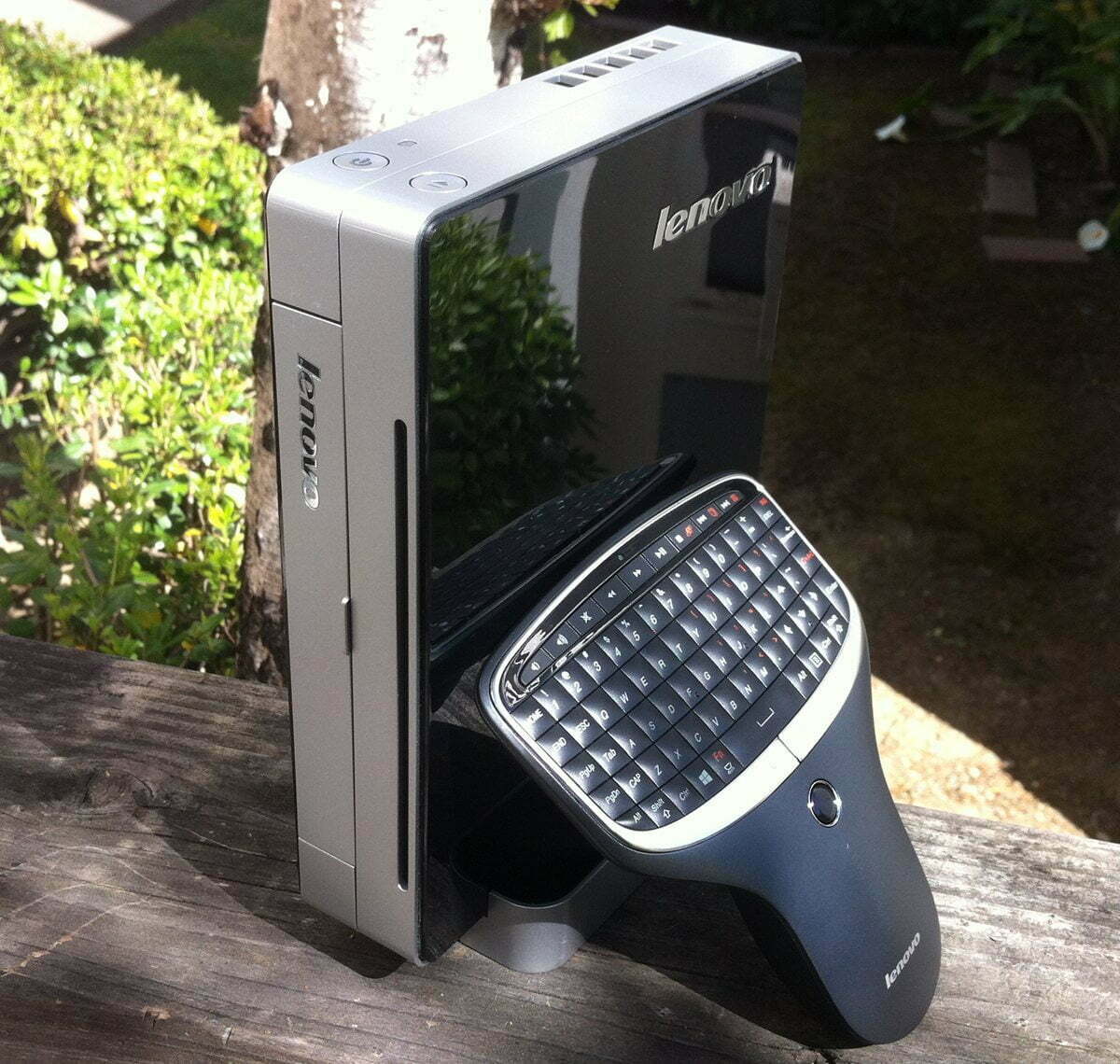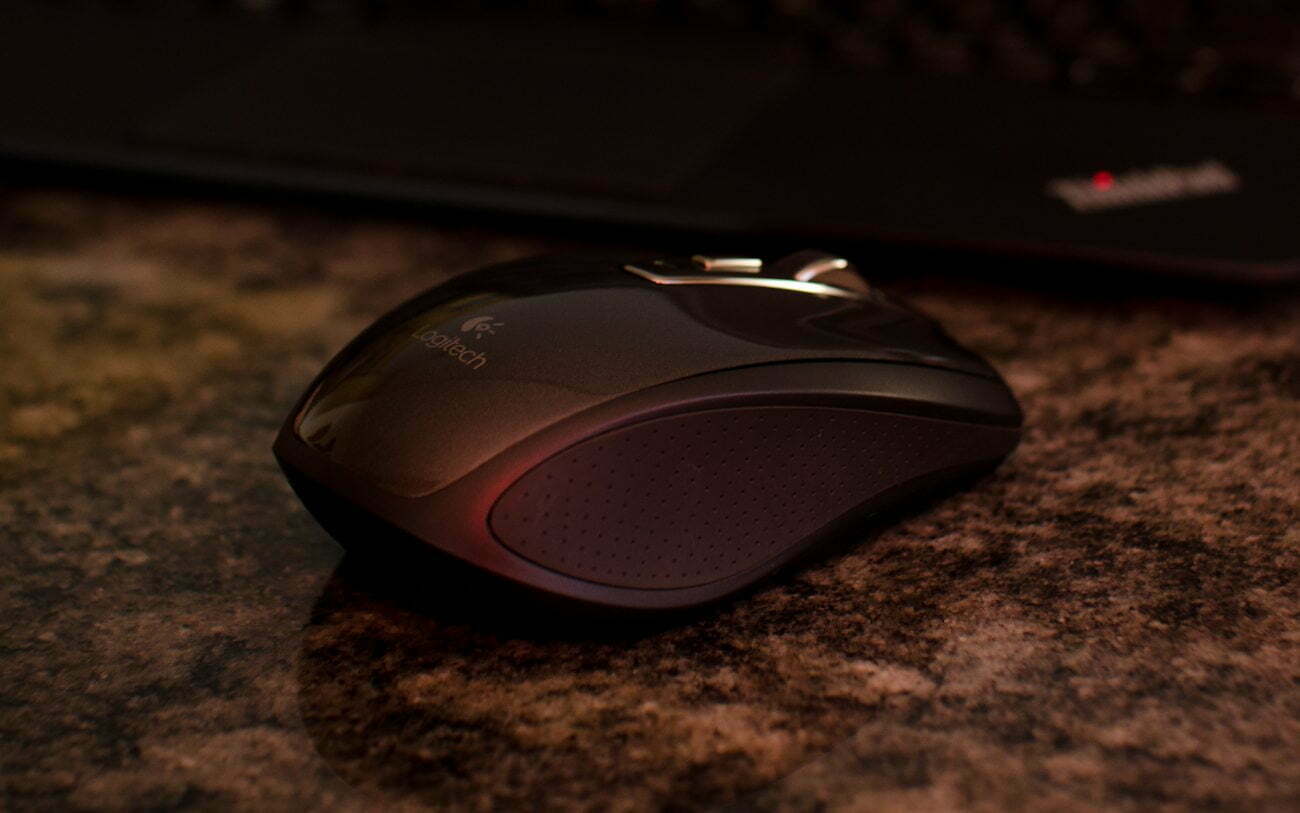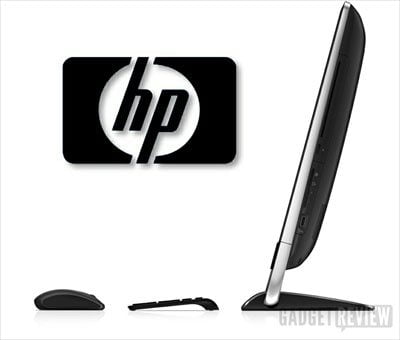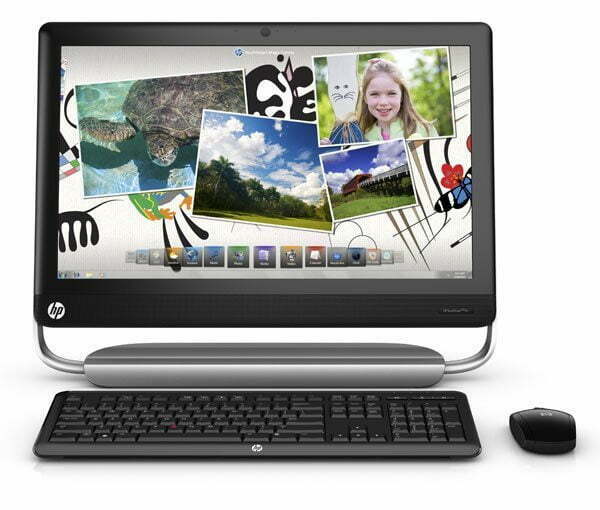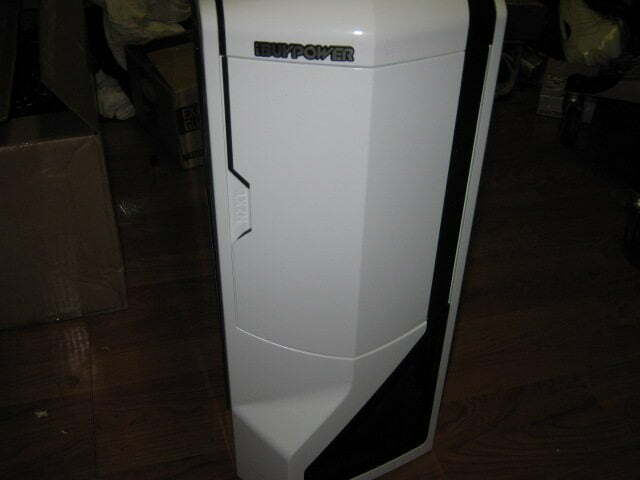If your Mac apps are getting too slow, you may be wondering: “How do I speed up my Mac without wasting time or money?” Good news: There are lots of ways to speed up your Mac that are few and won’t take you very long at all. Here are the most effective methods.
1. Start Monitoring App Activity
It makes sense on an instinctual level that all the software your Mac is running can slow it down, but do you actually know what apps are active on your computer – and which are the worse culprits? Macs make app activity very easy to monitor with a tool fittingly named Activity Monitor. You can find the Activity Monitor in your Utilities folder, which is usually at the bottom in your Applications pop-up window. And if you’re interested in an all-in-one desktop, check out our review of the Acer Aspire Z5761 all-in-one computer specs and price detailed.
Open Activity Monitor, and you will see a list of everything your Mac is actively working on, including all apps and random bits of software that you may not know about. Pay particular attention to how much memory that each activity is taking up (you can sort the programs by the amount they are using). If you see any memory hogs that you really don’t need or use, act quickly to shut them down and speed up Mac activities. Activity Monitor allows you to do this with a simple highlight-and-stop function.
Note: Some browsers use more memory than others. You may want to switch between browsers and check Activity Monitor to see if using a simpler browser like Chrome can help speed things up.
2. Clear Out Your Hard Drive
If you use your hard drive for storing lots of photos, downloaded shows, music, and other media rich files, your hard drive may be getting a little on the full side. This can slow down your Mac, especially older, fuller Macs – but cleaning up your hard drive can lead to rapid improvements.
If you want to know how to speed up your Mac this way, there are a couple different options. First, you can go in by hand and delete files: It’s laborious, but it may be the best way to pick out the photos and videos you want to preserve. After you’re finished, seriously consider switching to cloud storage or an external hard drive for some of that media so that you don’t slow everything down again.
The second way is to use a cleanup tool, such CleanMyMac 2, that can go in and find a bunch of most-unnecessary stuff to automatically clear away. It’s a safe way to clear space, but it may not be quite as effective as getting rid of those rich media files on your own. A combined approach will work best – you want to aim for 10 to 15% free space on your hard drive.
3. Tweak Your Settings
Certain effects, especially for later OS X installments, can take up a bit too much processing power for their own good, especially when downloaded onto Macs with lesser capabilities. If you want to speed up Macbook Pro or older iMacs, head on over to the Accessibility section in System Preferences. Go to Accessibility and make sure that in the Display section, you select the option to “Reduce Transparency.” This ability, available in the Yosemite update, can help open and close apps more quickly.
Also, try these:
To disable animation effects:
Apple Menu > System Preferences > Dock
Select Scale Effect from the drop-down menu.
Un-check Animate opening applications and Magnification.
To disable widgets:
Apple menu > System Preferences > Extensions
Click Today.
Uncheck the widgets you can live without.
4. Upgrade, Upgrade, Upgrade
We’re talking primarily about software upgrades here. While it is theoretically possible to upgrade many Mac devices, the process is a little annoying and expensive: If interested check to see if you qualify. An easier and less expensive method is to simply upgrade all your apps and your operating system. Apple has a typical routine: The more patches the company releases for software, the better it gets at improving performance and giving you speed boosts.
This is most noticeable when it comes to OS X upgrades, so make sure you have the latest version of OS X that your Mac can handle. But don’t let your app updates languish in the App Store, either. Upgrade everything you can, reboot, and see if you notice the difference. You may be surprised.
However…
If you’re having trouble with digital hoarding, and you find that you legitimately can’t save much space by cleaning up your Mac to free it from unused programs, large files or duplicates, then it might be time to upgrade your hardware. If you’re looking for the best bang for your buck in terms of dollars to value added, an internal upgrade or a separate external drive to store large files such as photos, videos, and music should do the trick. If you really want a significant performance upgrade, and you’re not worried about the cost, an SSD (solid state drive) upgrade is easily the option that will provide the most noticeable gains in system performance.
While you’re at it, you should grab some additional RAM so that resource intensive programs aren’t bogging your machine down. Additional hard drive space, and doubling (or more) the RAM in your Mac will offer instant performance gains.
5. Manage Your Startup Items
Speaking of rebooting…whenever you start your Mac up again, it launches all the apps that you have designated to be automatically started (sometimes this happens automatically with some software). When your list of startup items starts to build, starting your Mac can take a long time.
There’s an easy way to fix Mac speed issue. Head over to System Preferences and access Users & Groups to find your username/login info. This will show you the applications that launch when your Mac starts or restarts. Try to cut down on these apps as much as possible to remove a key source of frustration.

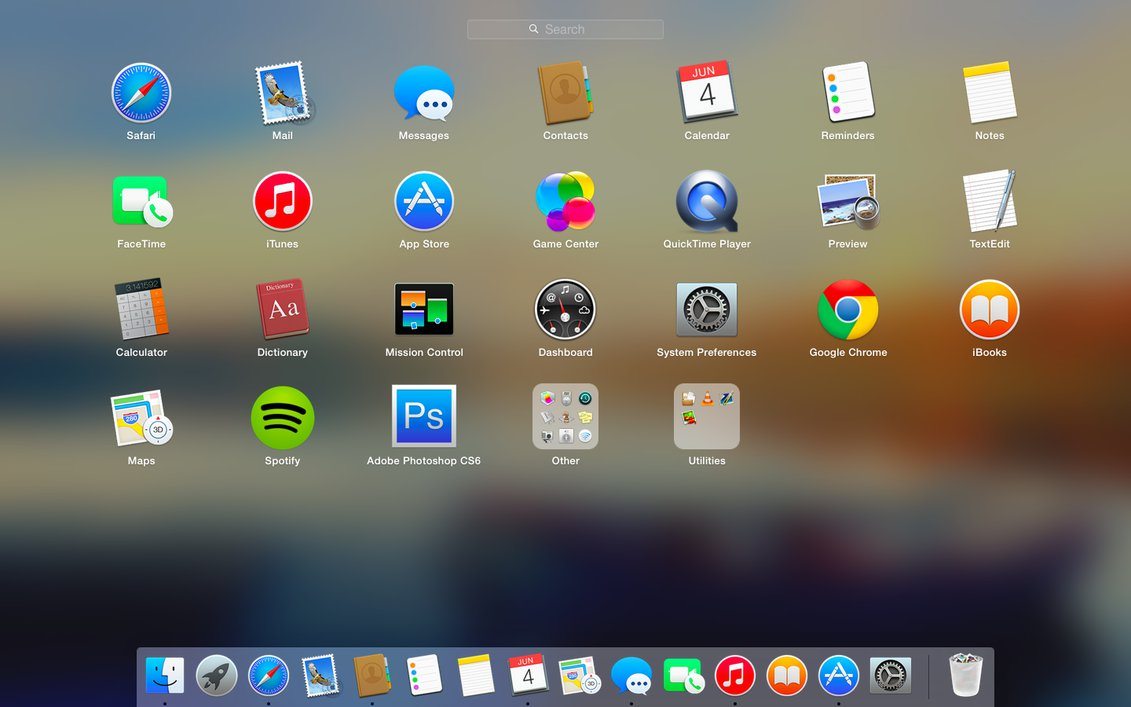

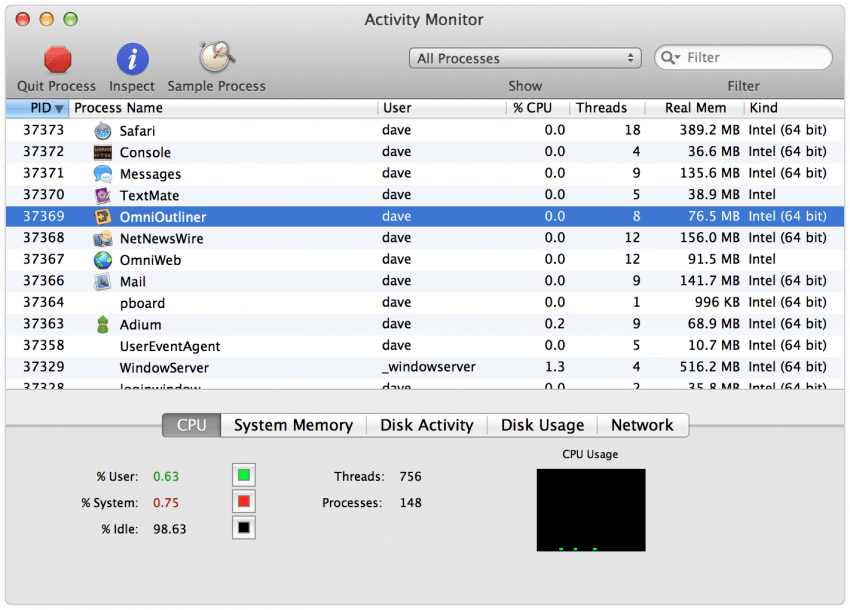
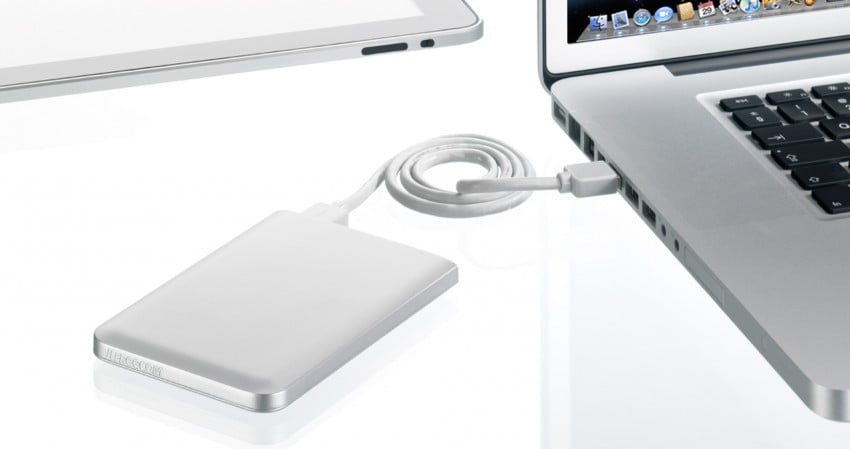
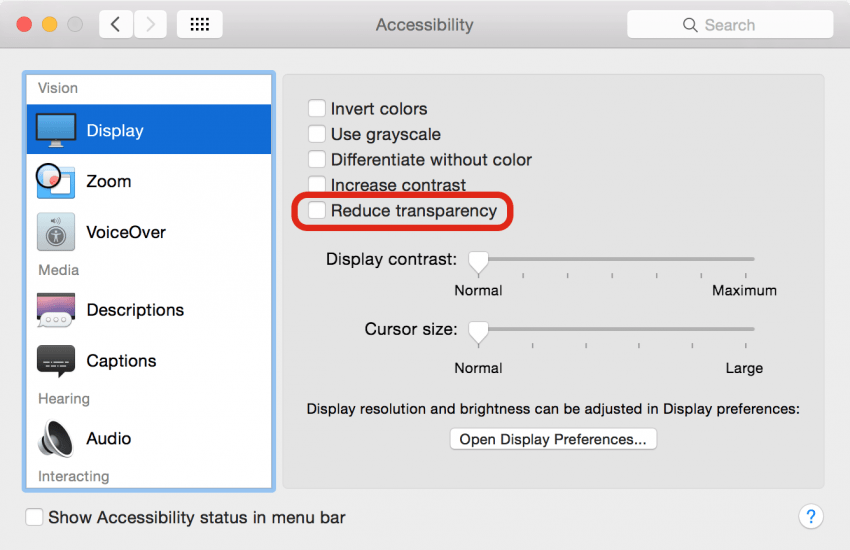
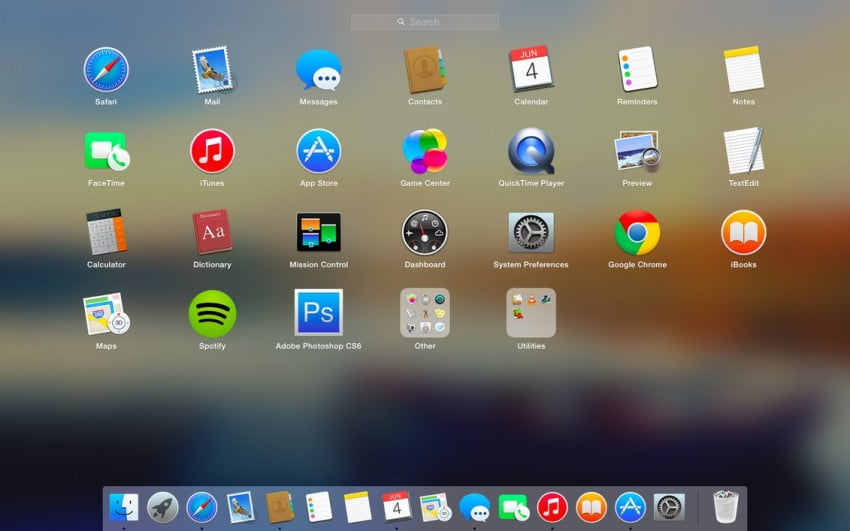
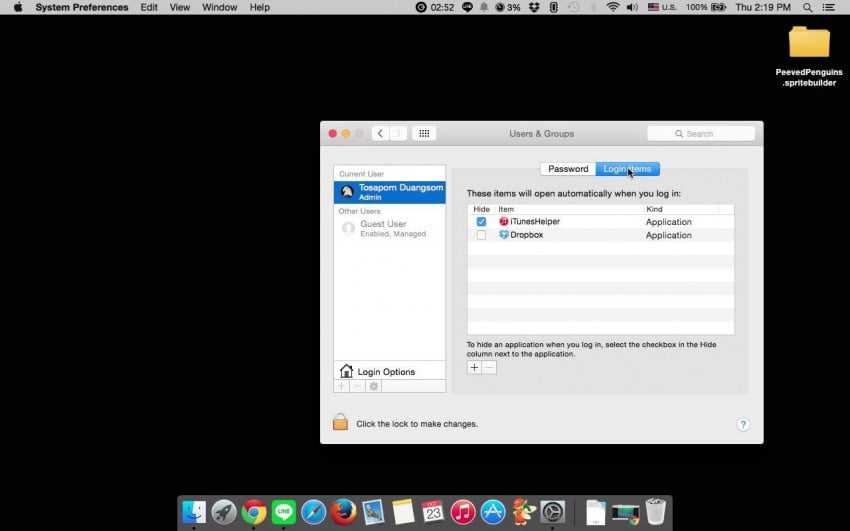












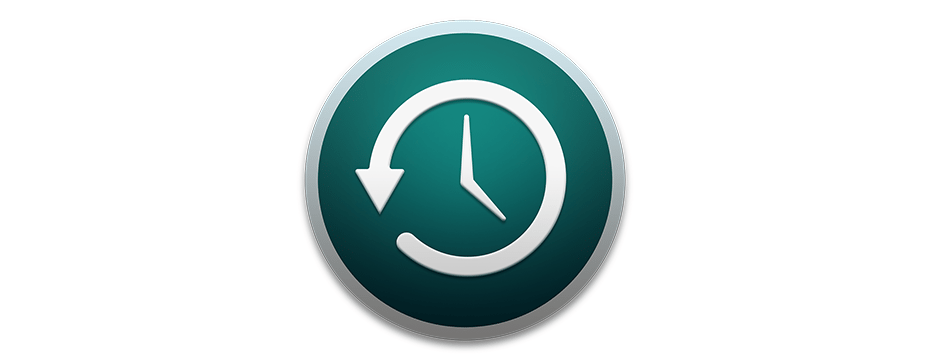
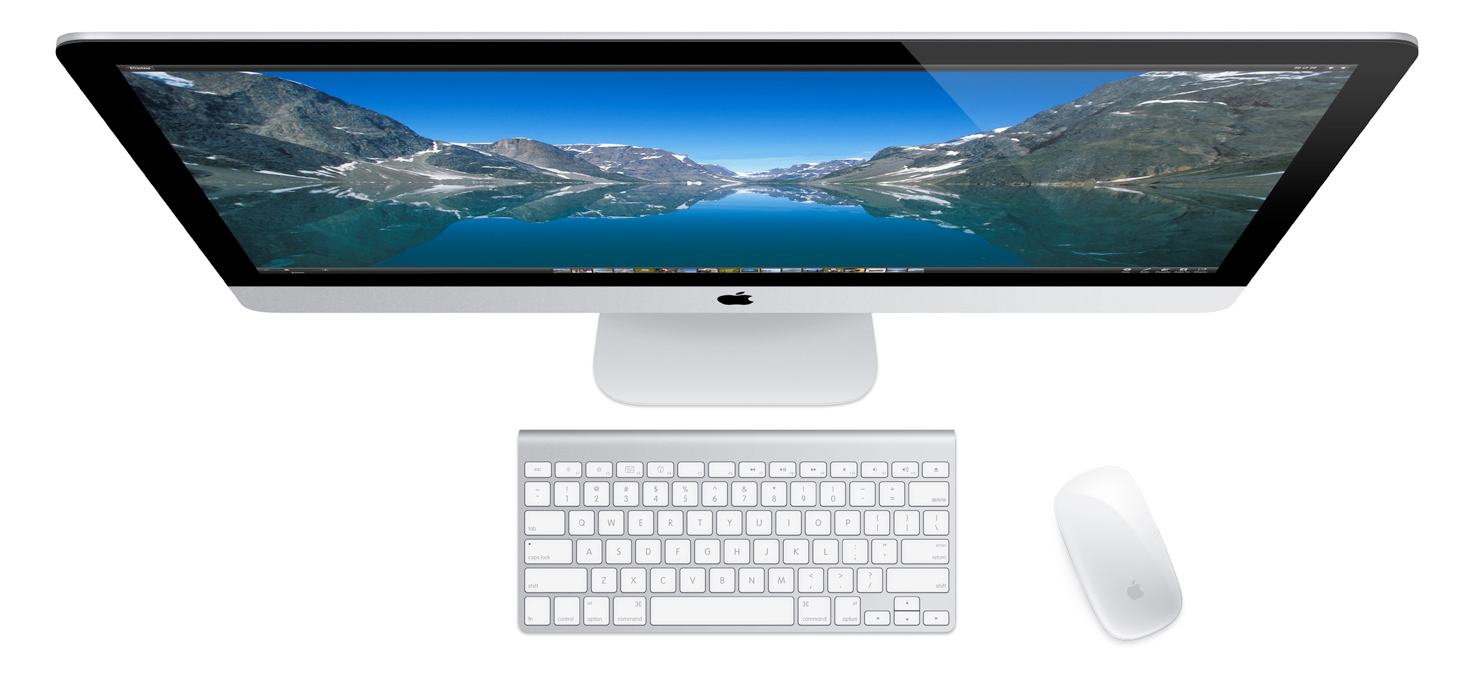
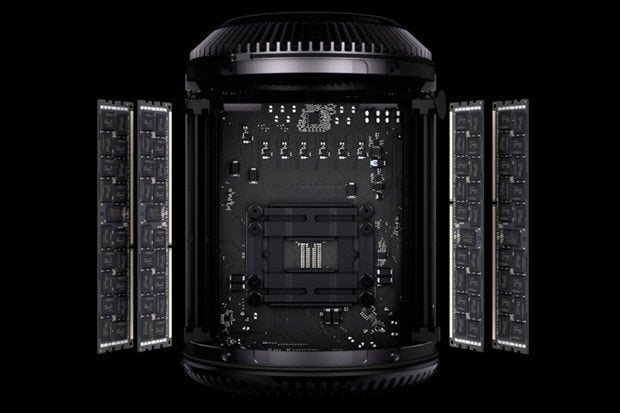
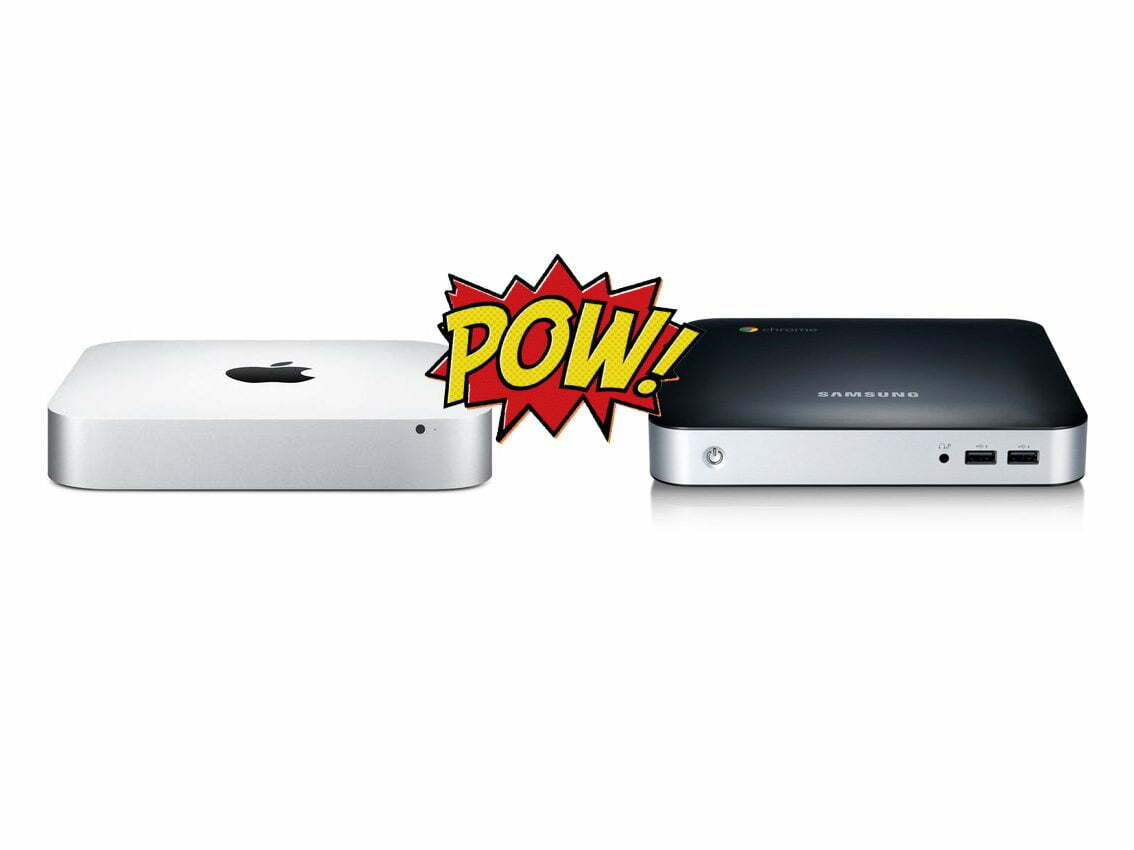
![Best Desktops in [year] ([month] Reviews) 17 Best Desktops in 2025 (December Reviews)](https://www.gadgetreview.dev/wp-content/uploads/best-desktop-computers-image.jpg)
![Best BenQ Monitors in [year] 18 Best BenQ Monitors in 2025](https://www.gadgetreview.dev/wp-content/uploads/best-benq-monitor-image.jpg)

